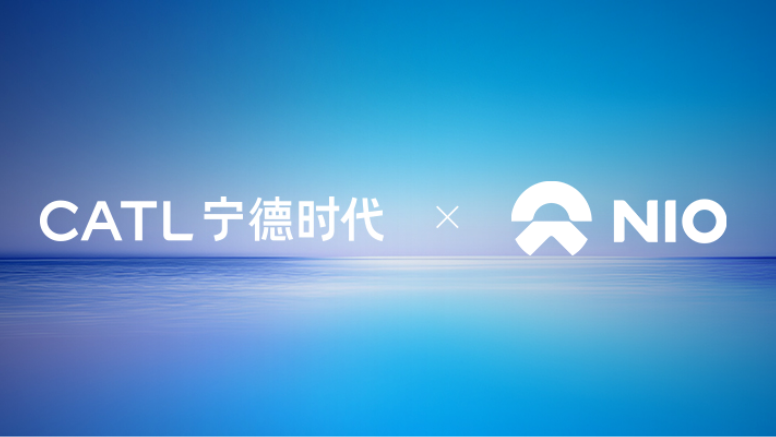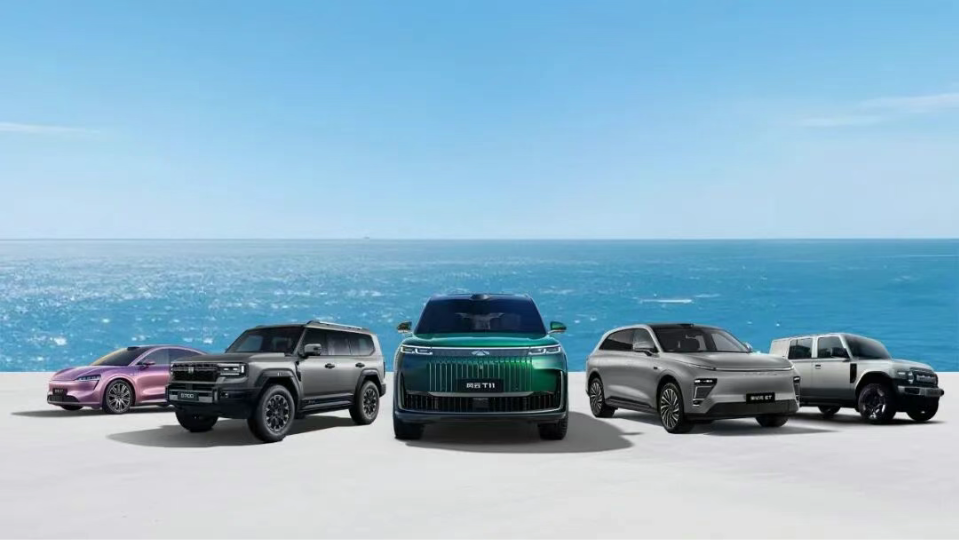Magna Steyr, part of Magna International will fit hydrogen tanks in an estimated 120 units of the BMW 7 series vehicles as part of an initiative by the German carmaker to promote the use of hydrogen as an automotive fuel.
Magna Steyr recently displayed one of these tanks, designed and made at its Austrian facility at the SIAT forum in Pune last month.
As Europe looks for options to the conventional fuels such as petrol and diesel, the use of CNG and hydrogen are increasingly being looked at as an option. Hydrogen, in particular holds out great promise as an alternative to petrol because there is plenty of it in the from of water and when it is burned, there are no greenhouse gases.
Whether it is hydrogen or CNG, each alternative fuel presents its own challenges. With hydrogen, the issue has been storage while with CNG, its relative newness in Europe is an area that carmakers, governments and the motorist have to address.
A Magna Steyr official connected with developments in the manufacturing of fuel tanks, Kurt Irnberger, was in Pune recently to talk about these developments. He said that as far as space technology goes, Magna Steyr works on cryogenic lines for liquid hydrogen and liquid oxygen for the European space agency. The hydrogen tank on display is the result of a spin-off for the automotive sector and the work that Magna Steyr has done to apply cryogenic technology to the automotive sector.
“It was essentially a cooperation between car engineering and space technology engineering,’ said Irnberger. The hydrogen tank, made of stainless steel, weighs 160 kgs and takes 8 kg of liquid hydrogen. The liquid hydrogen is at minus 250 celsius and the pressure is 5 bar. With this, the BMW can travel for approximately 300-400km, Irnberger said. As the chief coordinator for hydrogen as an automotive fuel, or StorHy as it is called, Magna Steyr is working on manufacturing flat tanks for hydrogen which are expected to be on the market by 2010. The company is concurrently working on a free-shape tank using carbon fibre which is slated to be on the market by 2015.
Using composites
As far as the hydrogen tank is concerned, inclusive of added equipment, the tank weights 165 kilos which the company aims to lower to 55 kgs. Magna Steyr is working on projects such as storage of hydrogen under high pressure and for solid hydrogen. Irneberger said liquid hydrogen has been developed and certified for use by the European agencies concerned. Moreover, work is in progress on the use of aluminium as an option for the storage tanks and the use of composites to make parts of the entire hydrogen fuel tank apparatus.
The BMW 7 series cars that will come with the hydrogen will be dual-fuel capable with the driver having the option to switch to petrol. This option had to be given because of the lack of a network of hydrogen re-fueling stations.
The use of hydrogen in western Europe is increasing but due to lack of fuelling stations, the German government is keen to establish a highway between Munich and Berlin where there are re-fuelling stations.
In Europe, politicians are keen on the spin-offs that sectors such as space technology can have for the automotive sector as it helps improve the return of investments, Irneberger said.
The making of the BMW tanks represents a pioneering project for Magna Steyr and BMW and the company is also engaged in projects with other carmakers. Both sectors meet in liquid hydrogen containers, which is one area, and the other is in the aspect of safety which is a high-pressure hydrogen container at 700 bar. Also on display at the Magna stall was a concept three-wheeler conceived by engineers at Magna Steyr with inputs from the parent company.
Three-wheeler concept
The concept three-wheeler was designed in response to a request from a customer who was keen on a BS 3 engine with 175 cc, water-cooled, four-valve and capable of running on bi-fuels- CNG and petrol. A frame of an existing three-wheeler was taken and an engine from Taiwan – a Rotex engine- was incorporated in the concept. The aim was to make a vehicle for the Indian market.
In Austria, Magna Steyr has made a CNG-powered sports car with a mono-fuel engine - with a CNG option. The company is keen to have a vehicle in the future that can give a been aimed at reaching 600 km of range, up from 250 km at present which is what the concept car offers. As a company, we are working on bringing out an entire fuel systems, said Dr Uwe Thein, tapping the expertise that we have as an automobile producer.
The company is integrating existing engines for CNG but not developing directly the dynamics of CNG. But in the future, sources said this may well develop as a possibility. PM is an issue especially in the big cities even as one has good efficiency for CNG engines. Companies in Europe that are making bi-fuel version are working on re-generation of methane because as part of Euro 4, one has to measure total hydrocarbons as well as methane, a key component of CNG. And because CNG is a stable compound, re-generating it with a catalytic convert is not an easy task. In Europe, the use of CNG also depends on the fuel supply network. In Germany and Italy, the network is good while in Austria, it is coming up slowly. In Europe, the need to use green fuel in the cities is becoming increasingly important and thanks to pollution in the cities, this is an important issue.









